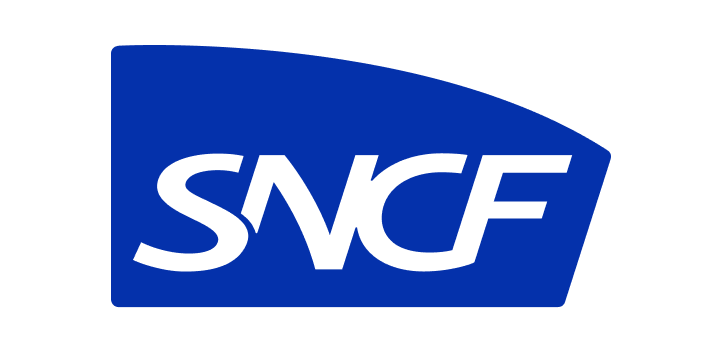Home
Products
Solutions
Clients
![Cdiscount 2022 04 01 174830 mhxm]()
![Scnfbis]()
![Saint Laurent]() Company
Company
Applications
- Traceability Traceability of goods in the supply chain
- E-CMR Save time with a digital waybill
- Pallets tracking
- Inventory management
- Authentication and warranties
- Second life of products
Our use cases

Traceability of large packages from warehouses to last mile platforms

Monitoring of rails from design to installation on several sites

Tracking of products and equipment between warehouses, head office and stores
